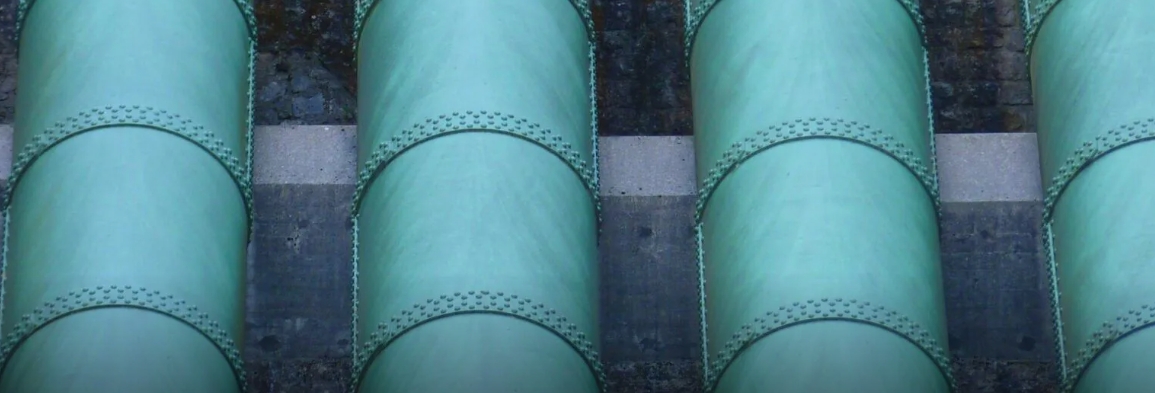 A significant milestone in Germany’s ambitious hydrogen strategy has just been achieved as a natural gas pipeline, designed for conversion to hydrogen, becomes operational. Open Grid Europe GmbH (OGE), the network operator, made the groundbreaking announcement, signaling the beginning of a nationwide hydrogen pipeline network.
A significant milestone in Germany’s ambitious hydrogen strategy has just been achieved as a natural gas pipeline, designed for conversion to hydrogen, becomes operational. Open Grid Europe GmbH (OGE), the network operator, made the groundbreaking announcement, signaling the beginning of a nationwide hydrogen pipeline network.Green hydrogen, produced through renewable energy sources like wind and solar, has gained global attention as a clean energy carrier with the potential to revolutionize various sectors, including industry, transportation, and energy. Germany, renowned for its commitment to sustainable practices, is now taking the lead in building a hydrogen infrastructure that could stretch over 10,000 kilometers.
The transition from natural gas to green hydrogen is a complex but necessary process. In the first phase, natural gas will be displaced by green hydrogen, creating room for a more sustainable energy carrier. This conversion will occur along a 30-kilometer stretch between Emsbüren and Bad Bentheim, with green hydrogen expected to flow by early 2025, according to OGE.
Once operational, the converted pipeline will transport green hydrogen from Lingen to the Ruhr area. This connection is pivotal for Germany’s energy transition efforts and could significantly reduce the carbon footprint of various industries. The Ruhr area, traditionally known for its coal and heavy industry, is now embracing hydrogen as a cleaner alternative.
Building a nationwide hydrogen pipeline network of this magnitude is no small feat. Approximately half of the network will be rebuilt from the ground up, while the other half will consist of repurposed pipelines. This extensive network is expected to play a crucial role in facilitating the distribution and use of green hydrogen across Germany.
Green hydrogen is a game-changer in the quest for sustainable and clean energy solutions. Its potential applications are diverse, from powering fuel cells in vehicles to storing excess renewable energy for later use. Germany’s commitment to developing a hydrogen infrastructure is a testament to the nation’s dedication to reducing carbon emissions and leading the way in renewable energy adoption.